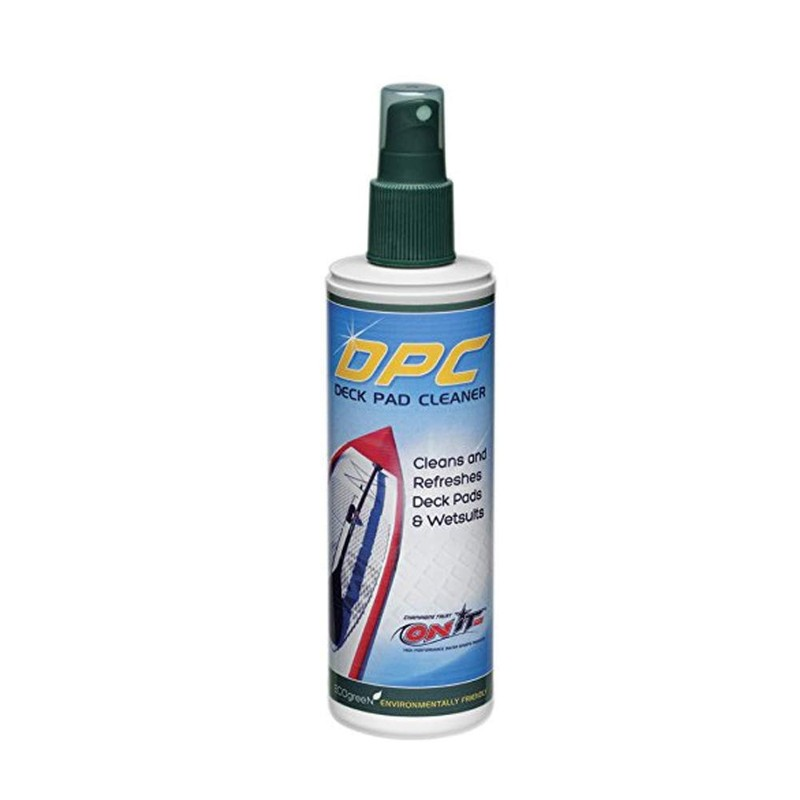
Winterizing Your Inflatable Paddle Board
Whether you are a seasoned paddleboard enthusiast or a newbie, winterizing your inflatable paddleboard is crucial to ensure that it stays in top shape and lasts for years to come. Winter weather can be harsh on any equipment, and your paddleboard is no exception. In this blog, we will cover everything you need to know about preparing your inflatable paddleboard for the winter season. From proper cleaning techniques to optimal storage solutions, we've got you covered! We'll also discuss the impact of winter on the performance of your board and provide tips on maintenance and minor repairs to keep it functioning at its best. So let's dive in and get ready to enjoy your paddleboarding adventures all year round!
Preparing Your Inflatable Paddle Board for Winter

Preparing Your Inflatable Paddle Board for Winter: Ensure that your inflatable paddle board stays in top condition during the off-season by following these best practices. First, find a dry and cool storage space to prevent mold and mildew from forming. Next, give your paddle board a thorough cleaning to remove any dirt or stains. Deflate the board completely before storing it to avoid damaging the seams. Remember to remove any accessories and store them separately to prevent damage. Finally, protect your paddle board from extreme heat, direct sunlight, and strong chemicals for the ease of access next time.
The Importance of Proper Cleaning

Maintaining the cleanliness of your inflatable paddle board is essential for its longevity and performance. By cleaning your board before storing it for winter, you can prevent the growth of mold and mildew. Regular cleaning ensures that dirt and stains, which can cause damage over time, are removed. It also helps to eliminate any residues that might compromise the durability of your board. Remember to use mild solvents or fresh water when cleaning your inflatable sup. By following these best practices, you can ensure that your paddle board is ready for the off-season and in top condition for your next adventure.
Can I Store My Paddle Board Inflated?
Storing your paddle board inflated during winter is not recommended. Cold temperatures can easily damage inflated boards, making deflated storage a safer option. It also takes up less space and reduces the risk of mold or mildew development. Consider storing your deflated board in a carry bag for better protection.
Optimal Storage Solutions for your Glide Paddle Board
When it comes to storing your Glide paddle board, there are several optimal storage solutions that can help maintain its shape and condition during the off-season. One of the key considerations is to store your deflated paddle board in a dry and well-ventilated area. This will help prevent moisture build-up and protect it from the damaging effects of high humidity levels. Additionally, it's important to keep your board away from extreme temperatures and direct sunlight, as these can cause damage over time. To offer added protection, consider storing your paddle board in a carry bag or on a padded storage rack. These options will help minimize the risk of scratches or other minor damages. By following these best practices, you can ensure that your Glide paddle board remains in top-notch condition for your next adventure.
Maintenance Tips to Extend the Life of Your Paddle Board
Regularly inspect your paddle board for any signs of minor damages or wear and tear. Promptly repair these issues to prevent further deterioration and extend the lifespan of your board. Applying a UV protectant spray will shield it from harmful UV rays, preserving its quality over time. Always follow the manufacturer's guidelines for proper care and maintenance to ensure optimal performance. Additionally, using a paddle board leash will prevent accidental loss while enjoying your time on the water. These maintenance tips will help you get the most out of your inflatable sup and ensure its longevity.
Minor Repairs and Preventive Measures

To keep your inflatable paddle board in top shape, it's important to address any minor repairs and take preventive measures. If you notice any small holes or tears in your board, make sure to patch them up using a repair kit. Additionally, regularly check and tighten the fin screws to maintain stability and performance. Avoid exposing your paddle board to sharp objects or rough surfaces that could cause damage. After each use, rinse your board with fresh water to remove salt or sand. Lastly, store your paddle board upright to prevent warping or bending.
How Does Winter Impact the Performance of a Paddle Board?
Winter can have a significant impact on the performance of your paddle board. Cold temperatures can make it more rigid and less flexible, affecting its buoyancy and stability. Additionally, winter conditions may limit access to paddleboarding locations. Proper winterization and maintenance are crucial to mitigate these effects.
Conclusion
In conclusion, taking the time to properly winterize your inflatable paddle board is crucial for its longevity and performance. Start by thoroughly cleaning your board to remove any dirt, sand, or saltwater residue. It is recommended to store your paddle board deflated to prevent any unnecessary strain on the seams and valves. Invest in a storage solution that provides protection from extreme temperatures and UV exposure. Regular maintenance, such as checking for leaks and repairing minor damages, will help extend the life of your board. Lastly, keep in mind that winter weather conditions may affect the performance of your paddle board, so always exercise caution and adjust your paddling technique accordingly. Enjoy the winter season and happy paddling!


